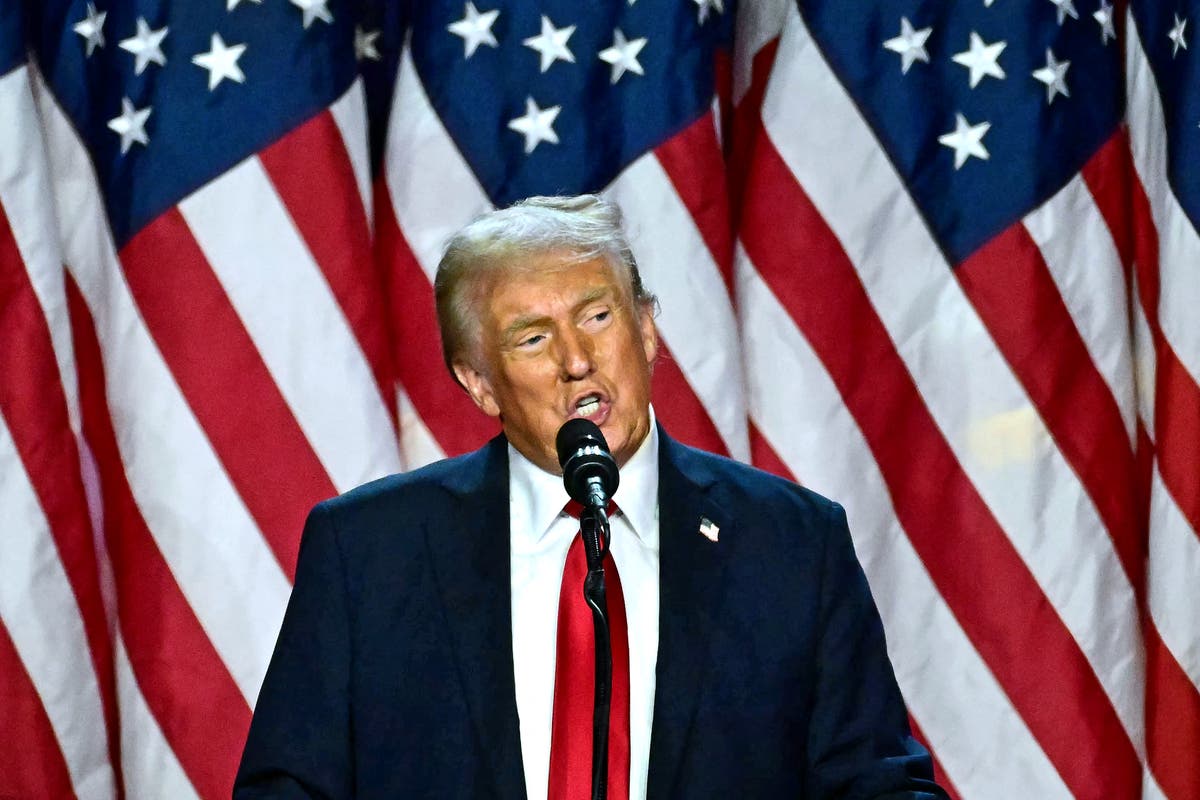Jobs
What does slowing job, wage growth mean for the economy?
U.S. job growth in April saw a sharp decline from the previous month, with employers adding 175,000 new positions, well shy of March’s booming 315,000 in new hires, according to a Labor Department report Friday.
April’s annual unemployment rate of 3.9% was up slightly from March’s 3.8% and the number of unemployed workers remained relatively steady at 6.5 million.
Health care industries continued a trend of big monthly gains in April, adding 56,000 jobs and coming in just below the sector’s average of 63,000 new jobs per month over the past year. Transportation and warehousing added 22,000 positions in April and retail businesses built employee roles by over 20,000 last month.
Wage growth ebbed slightly to a 3.9% annual rate in April, down from March’s 4.1%.
The new data, which reflects a cooling of job and wage growth to more sustainable levels, albeit in a single month cycle, will likely be viewed positively by the Federal Reserve after the monetary body voted earlier this week to leave its current federal funds rate of 5.25% to 5.5% unchanged as inflation has shown signs of rekindled growth through early 2024.
At the conclusion of the Fed’s policy meeting Wednesday, Federal Reserve Chairman Jerome Powell said that inflationary persistence helped push the body’s Open Market Committee to support standing pat on the current interest rate range that has been in play since last July and is the highest in over two decades.
“In recent months, inflation has shown a lack of further progress toward our 2% objective,” Powell said at a Wednesday press conference. “It is likely that gaining greater confidence will take longer than previously expected.”
Late last year, Powell was waxing optimistic about the direction of the U.S. economy and signaled 2024 could see a series of down adjustments to the monetary body’s benchmark rates. But the unexpected resurgence of inflation growth has tempered that stance.
On Friday, Rubeela Farooqi, chief U.S. economist at High Frequency Economics, told The Associated Press the new jobs report helps set the table for the Fed’s first rate adjustment since last July.
“A slowdown in payrolls to a decent pace to start the second quarter, coupled with a slowing in wage gains, will be welcome news to (the Fed’s) policymakers,” Farooqi said. “Current readings also support the view that rates cuts — and not hikes — are the base case scenario for the Fed this year.’’
A long-running, red-hot U.S. jobs market, coupled with persistent inflation, have been the prime factors driving the Fed’s 10-month pause on making rate adjustments after levying 11 straight interest rate increases from March 2022 to July 2023.
The latest federal inflation data released last month found U.S. inflation moved up again in March and measured 3.5% for the month on an annualized basis, with increases on consumer goods and services mostly driven by higher costs for shelter and gasoline.
But Powell still revealed some optimism about the near-term direction of the U.S. economy, saying, “My expectation is that over the course of this year, we will see inflation move back down.”










